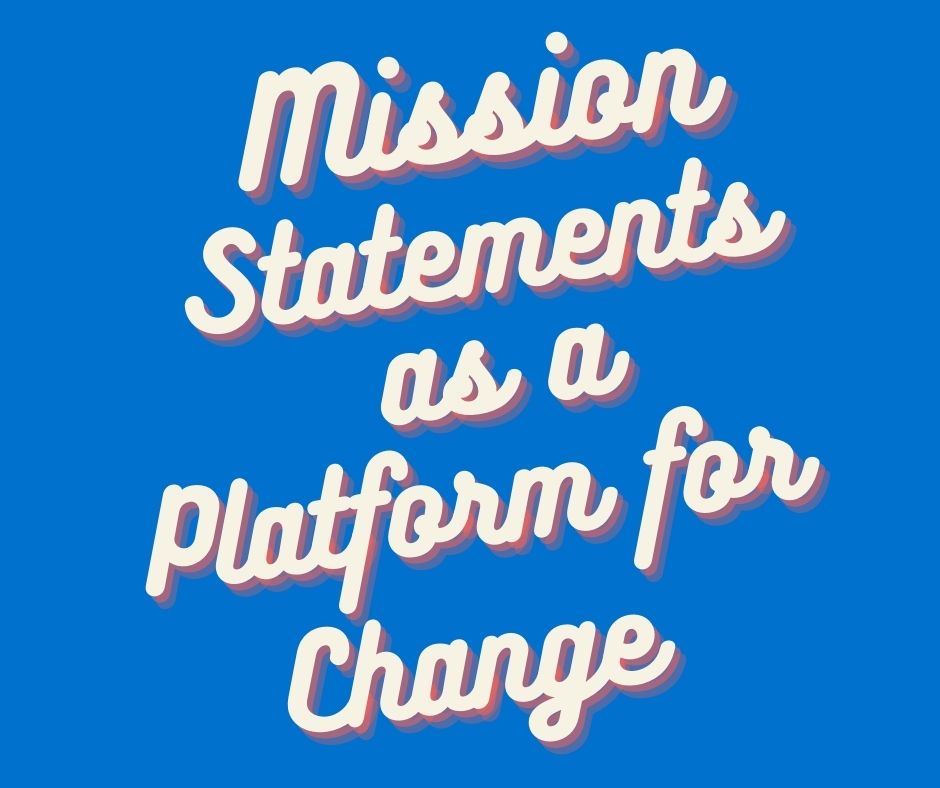 An outcome of the global coronavirus pandemic and the Black Lives Matter movement, museums and cultural institutions from coast-to-coast have been asked to reflect upon their own organizational values, commitment to diversity, and any internal discrepancies when it comes to equity in staffing, best practices, and community engagement. Museum leaders have been required to sit down, carefully think, plan, and strategize for future success and sustainability.
An outcome of the global coronavirus pandemic and the Black Lives Matter movement, museums and cultural institutions from coast-to-coast have been asked to reflect upon their own organizational values, commitment to diversity, and any internal discrepancies when it comes to equity in staffing, best practices, and community engagement. Museum leaders have been required to sit down, carefully think, plan, and strategize for future success and sustainability.
For many organizations, long-term structural transformation begins with the mission statement. Mission statements are often used to reinforce organizational values and beliefs; guide leaders in decision-making and strategic planning; set goals and identify measures of success; generate external support; and serve as a foundation for the organization’s intended impact and theory of change. And when it comes to reevaluating your strategic road map, upholding organizational values, and creating social impact, your mission statement can point you in the right direction.
- What does your organization need to change, and why are the changes required?
- Have you looked to your mission statement and core values to create positive, long-term transformation?
- Is your mission statement built on a strong foundation?
- Is your institution effectively meeting the current needs of your community and addressing the issues that are impacting people’s lives?
After much research, we have pulled together a few examples of institutions that have recognized the change that needs to be done and have relied upon their mission statement as the propulsion for that change. Although there are many wonderful demonstrations of progressive change within the museum field, the following are just a few examples we thought were worth highlighting.
- As an institution that “strives to make a creative and connected community,” the Philbrook Museum of Art fixed its attention on the needs of its community during their closure. Recognizing the necessity for playfulness and creativity in a time filled with worry and stress, they designed virtual art programs, tours, live streams, and other fun online activities for their at-home audiences to enjoy. A true reflection of their mission to create a “connected community,” the Philbrook innovatively established the popular Garden Cat Pen Pals as way to keep their audiences connected with the “cats” of the museum.
- Through its Diversity, Equity, and Inclusion Plan, the Cleveland Museum of Art (CMA) demonstrates “a commitment to making the changes that will be required to move us closer to equity in our staffing, business practices, and public engagement efforts.” Established as a museum “for the benefit of all the people forever,” the CMA acknowledged that certain strategies and tactics would be required in order to accomplish the purpose for which it was built upon as a “global leader among museums.
- In response to the powerful Black Lives Matter movements and disparities spotlighted by the COVID-19 pandemic, the Natural History Museums of Los Angeles County (NHMLAC) have become committed to reflecting the present moment through the stories and voices of the Los Angeles community. Guided by their mission of building “an inclusive, welcoming network and institution by engaging in dynamic dialogue that transcends political, cultural, and social boundaries,” NHMLAC established the Your Stories Matter program. Prompted by questions, online visitors are asked to share their personal experience through photos, videos, audio recordings, or written words. Your Stories Matter seeks to build a community-based collection that reflects the vibrant and diverse Los Angeles community during this historically challenging time.
These are only just a few examples of how museums can be guided by their mission statement to generate relationships, a sense of hopefulness, and progressive change within their own communities.
What change has your institution ignited based on your mission statement? Please share your stories with us.
Written by Jessica Noyes, Communications Coordinator, WMA
Add new comment